Learn More About Analog & Digital Hearing Aids
What Is the Physics Behind Hearing Aids?
You probably know that hearing aids help people hear the world around them more clearly. However, you might not fully understand the technology that processes and delivers sound for those with hearing loss. Before digital hearing aids were introduced, analog devices were the standard for treating hearing loss. Today, digital devices have propelled the industry forward. Hearing aids are more adaptable and effective than ever before.
Below, the hearing care professionals at True North Hearing explain how analog and digital hearing aids work. Contact our team today to learn more about our comprehensive hearing aid services or schedule an appointment for a hearing evaluation at one of our hearing care centers located in Acton, MA and the surrounding areas.
How Hearing Aids Work
Hearing the world around us involves much more than the amplification of sound. Sound waves, pitch, background noise, and frequency all play an essential role in how well we hear and what we hear. Modern hearing aid technology allows audiologists to calibrate devices to match the wearer’s type and degree of hearing loss. Hearing aids work by amplifying sound through a three-part system:
- The microphone receives sound waves and converts them into digital signals.
- The amplifier increases the strength of the digital signal.
- The speaker sends the amplified sound into the ear.
Digital vs. Analog Hearing Aids
Before digital hearing aids were invented, the only option for those with hearing loss was analog. There are several differences between the two main hearing aid types:
- Digital Hearing Aids – Digital devices are similar to analog ones but have small computer chips that analyze and filter sounds based on the patient’s needs. Incoming sound is converted into digital signals, which can be individually programmed to work more effectively in various settings and environments. For example, they can filter unwanted background noise in a crowded restaurant to create a more natural sound environment for the wearer.
- Analog Hearing Aids – Analog hearing aids amplify all external sound, including speech and noise frequencies. While some devices are more innovative than others, they can’t distinguish between different sounds and are generally not as effective as digital hearing aids.
Hearing Aid Directional Microphone Features
Digital hearing aids are now equipped with directional microphones, which determine where the important sounds come from and dictate how the device processes them for the wearer. For example, if you’re talking to someone, the hearing aids would focus on and amplify their speech sounds.
Contact True North Hearing Today to Learn More
The hearing care professionals at True North Hearing have years of experience providing comprehensive audiology services throughout Acton, MA and the surrounding areas. We offer a wide range of hearing aid types and styles, including in-the-ear hearing aids and behind-the-ear hearing aids. We’re happy to answer questions about hearing aid treatment, the capabilities of digital hearing aids, and any hearing concerns you have. Contact us today to learn more or schedule an appointment for your risk-free hearing evaluation.



